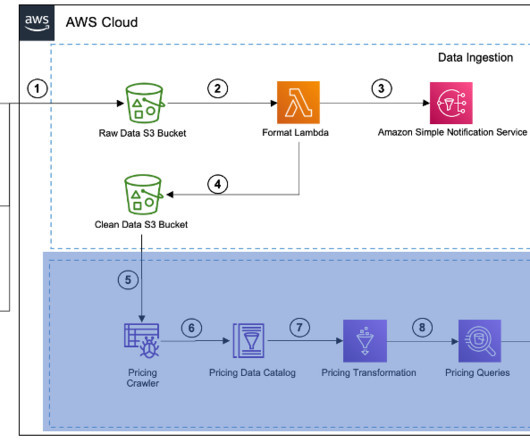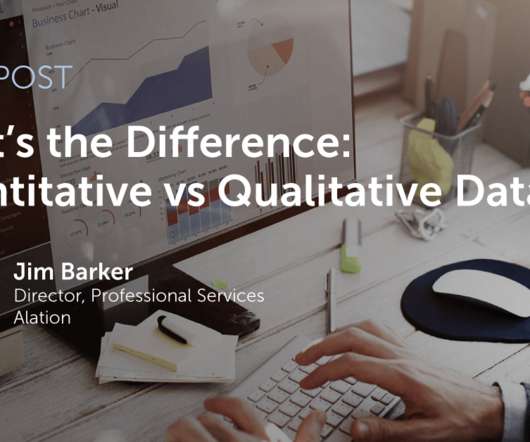8 strategies for accelerating IT modernization
CIO Business Intelligence
APRIL 1, 2024
Here veteran IT leaders and advisers offer eight strategies to speed up IT modernization. Those principles are data centric, platform first, cloud based, automation led, and zero trust (so that everything is secure from the start). I need one managing data and orchestrating the OEM platform base to drive business results.”














Let's personalize your content